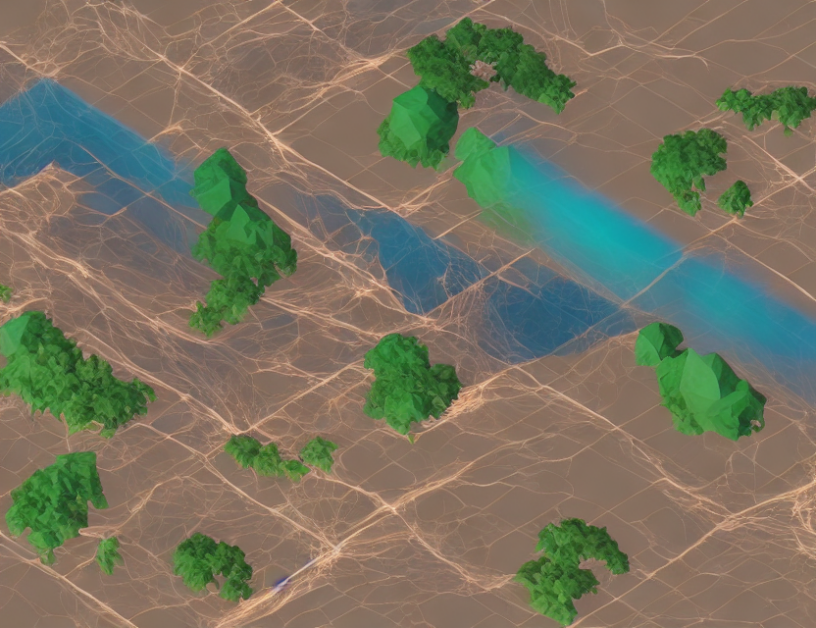Text-to-3D generation is a rapidly developing field that aims to create realistic 3D models from textual descriptions. Recent approaches have shown promising results, but they still face challenges in generating accurate and detailed 3D content. In this article, we will explore the current state of text-to-3D generation, including its strengths and limitations, and discuss potential solutions to overcome these challenges.
Strengths of Text-to-3D Generation
- Abundance of 2D data: There is a vast amount of 2D data available, which can be leveraged to train text-to-3D generative models.
- Leveraging abilities in 2D generative models: By using 2D generative models, we can take advantage of their editing and controllability capabilities.
- Applicability to video generation: Text-to-3D generation can be extended to video generation, allowing for the creation of dynamic 3D content.
Limitations of Current Approaches
- Poor geometry quality: Many current methods struggle with generating accurate and detailed 3D geometry, resulting in poor-quality objects.
- Inconsistent multi-view images: Training a neural inverse renderer requires consistent multi-view images, which can be challenging to obtain due to the inherent stochasticity of diffusion models.
- Janus problem: The resulting objects often suffer from the Janus problem, which refers to the mismatch between the generated 3D shape and the textual description.
Potential Solutions
- Improving geometry quality: Methods such as MVDream demonstrate superior performance in generating accurate and detailed 3D geometry.
- Addressing the inconsistent multi-view images issue: Techniques like score distillation sampling can help to improve the consistency of multi-view images, making it easier to train a neural inverse renderer.
- Overcoming the Janus problem: By using a combination of 2D and 3D information, we can better align the generated 3D shape with the textual description, alleviating the Janus problem.
In conclusion, while text-to-3D generation has shown promising results, there are still challenges that need to be addressed to generate high-quality 3D content. By improving geometry quality, addressing inconsistent multi-view images, and overcoming the Janus problem, we can create more realistic and detailed 3D models from textual descriptions.



